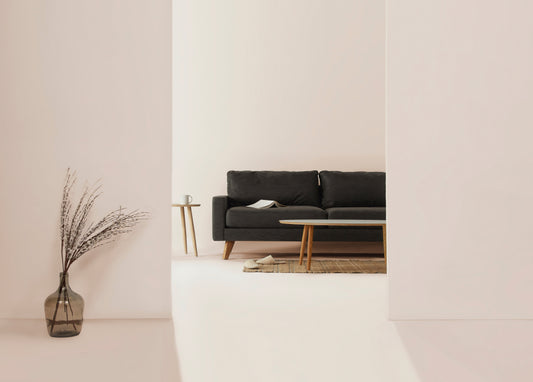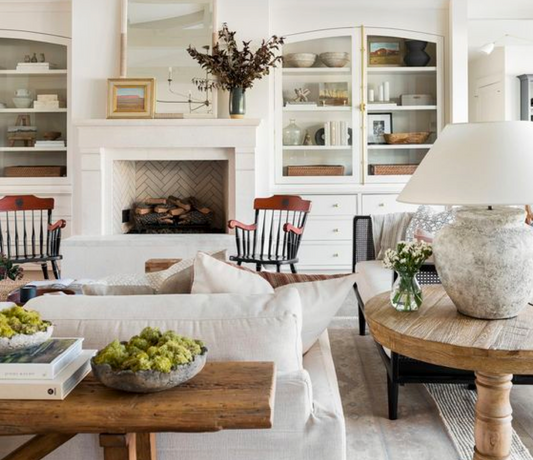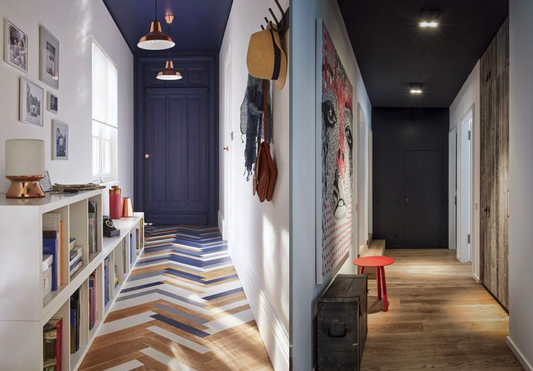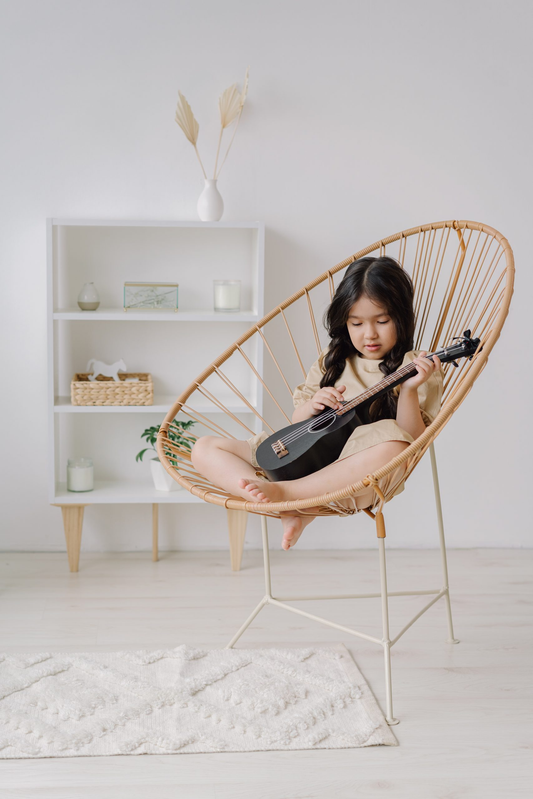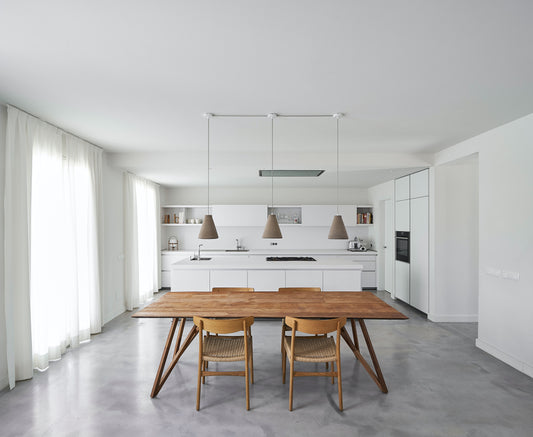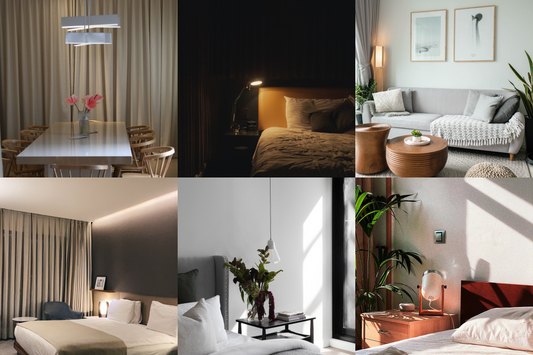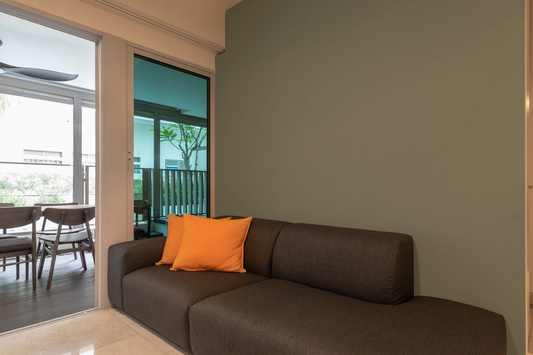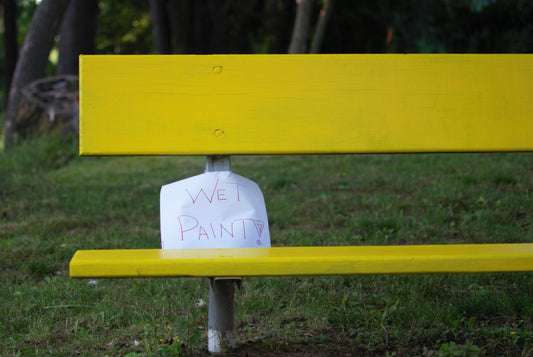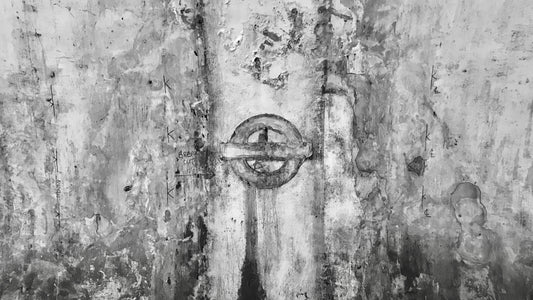Wellness
How do I match paint colours with house lighting?
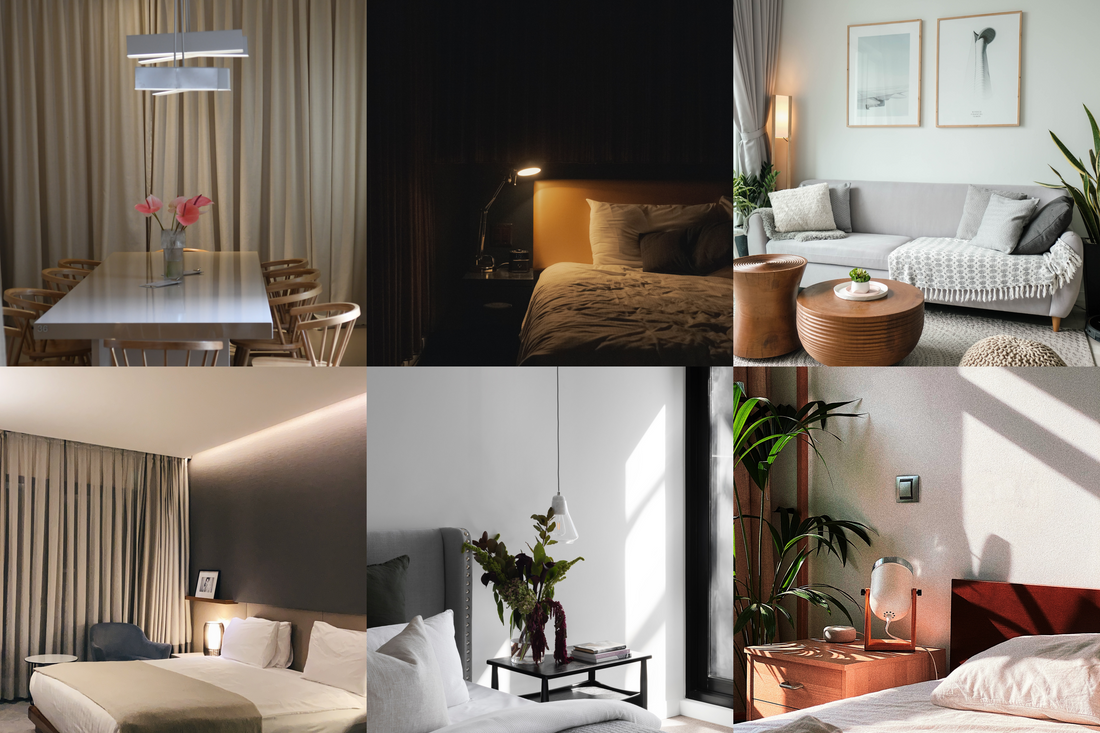
Light can play tricks on your home’s colour choices. Here’s how to avoid them.
When the evening sun hits your space just right, it’s glorious. But it doesn’t last long - in fact, you might not be satisfied with your home’s paint colours most of the time. It’s probably due to the light that your home is getting. Sunlight, ceiling lights, lamps — light shines into your space from different sources and at different intensities. This causes your paint colour to look different at various points of the day (and night). But with a basic understanding of the relationship between light and colour, you can pick paint colours that fit your home much better, and make your spaces more inviting and easy on the eyes.

Light and colour - get your combination right.
It’s important to pick paint colours that complement your home’s lighting. It can affect your mood and your comfort. If your space looks too clinical or harsh at night, it might not be conducive for resting. The amount and quality of light within your space will change across the day, and will look different at night too. So it’s good to pick colours that you’ll enjoy in these different light conditions.
When picking a paint colour, you can think in terms of warm and cool. Depending on the tone of your lights, pick colours from the same tonal family. This helps avoid clashing, which can be bold or eye-catching, but fatigues you easily.
Here are some other simple considerations to help you pick paint colours to suit your lights.

How much sunlight is the room getting?
Sunlight can have powerful effects on your room’s colours, so it’s important to know what kind of sunlight your room is getting. If your windows face north or south, you’ll be getting indirect sunlight, meaning the sun won’t be shining directly into your room. This light is more subtle and warm, making it easier to match with colours. Darker shades will look dark, and lighter shades will be warmer, both of which create a pleasing ambience.
If your windows are facing east or west, you might get direct sunlight at certain times of the day. The more intense light may cause white and other light colours to wash out a room and make it too glaring. Evening sunlight, being more orange, will also saturate any orange or red colours you use. Yellow and violet colours might be more complementary in this situation.

What kind of lights is the room using?
Every type of light gives off a colour, even if its white. So different types of lights will give off different colour tones. Incandescent, fluorescent, LED — these vary in intensity, so try to see the lights in action before selecting paint colours. Pick colours that complement the type of light, instead of clashing with them. Warmer lights tend to change the paint colours, while lights with a high Kelvin range, like 4000-5000K LEDs, will show the paint’s true colour.
You can also consider this: what are the main hours that you'll be in the room? Naturally, you would want the colour to be as pleasing as possible during those times. Knowing that could help you choose if you can’t decide between certain colours.
What paint finish are you using?
This matters because the higher the gloss, the more reflective the painted surface will be. Matte or low gloss won't reflect light, so you can see the true paint colour better.
Darker colours are usually less reflective than light colours. Because they absorb more light, darker colours are great for creating a more calming environment that's less stimulating. But that also means that you might not be very productive with detail-oriented tasks in that room. This is why offices use more reflective colours while hotels have darker, warmer colours that match their lighting.
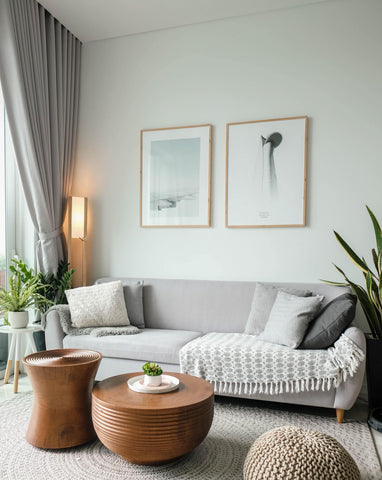
Do I purchase paint or lights first?
For most building and renovation works, lights are usually installed earlier in the process. It’s also easier to switch your choice of paint colours than to swap out lighting. If you’re working with an interior designer, they will usually be aware of the resultant colour combination when recommending paint colours to you.

Key tip: Test with paint samples before buying.
This might seem like an extra step, but it goes a long way towards getting you the right paint colours for your home. Get samples of the colours you’re interested in, and paint a small section of a wall. You can also use sample sheets, but check that they’re the same shade as the actual paint first.
Doing this will let you see how the light and colour works together in your space. This gives you greater visual accuracy and certainty about how the colour interacts with your space. Check out the sample area at different times of day, with sunlight and at night.
Now you know how light can affect the way your paint looks in your home, you’re ready to pick colours that you’ll love at any time of the day, rain or shine. Once you’ve got your lights and colours all synced up, your home sweet home is easy on the eyes, keeping your positive vibes strong round the clock.
More resources:
Which Gush paint should I get?
How colour affects our mood
Gush’s guide to colour theory
15 design styles in every colour
8 painting hacks to maximise space in your home
Shop Gush paints now
